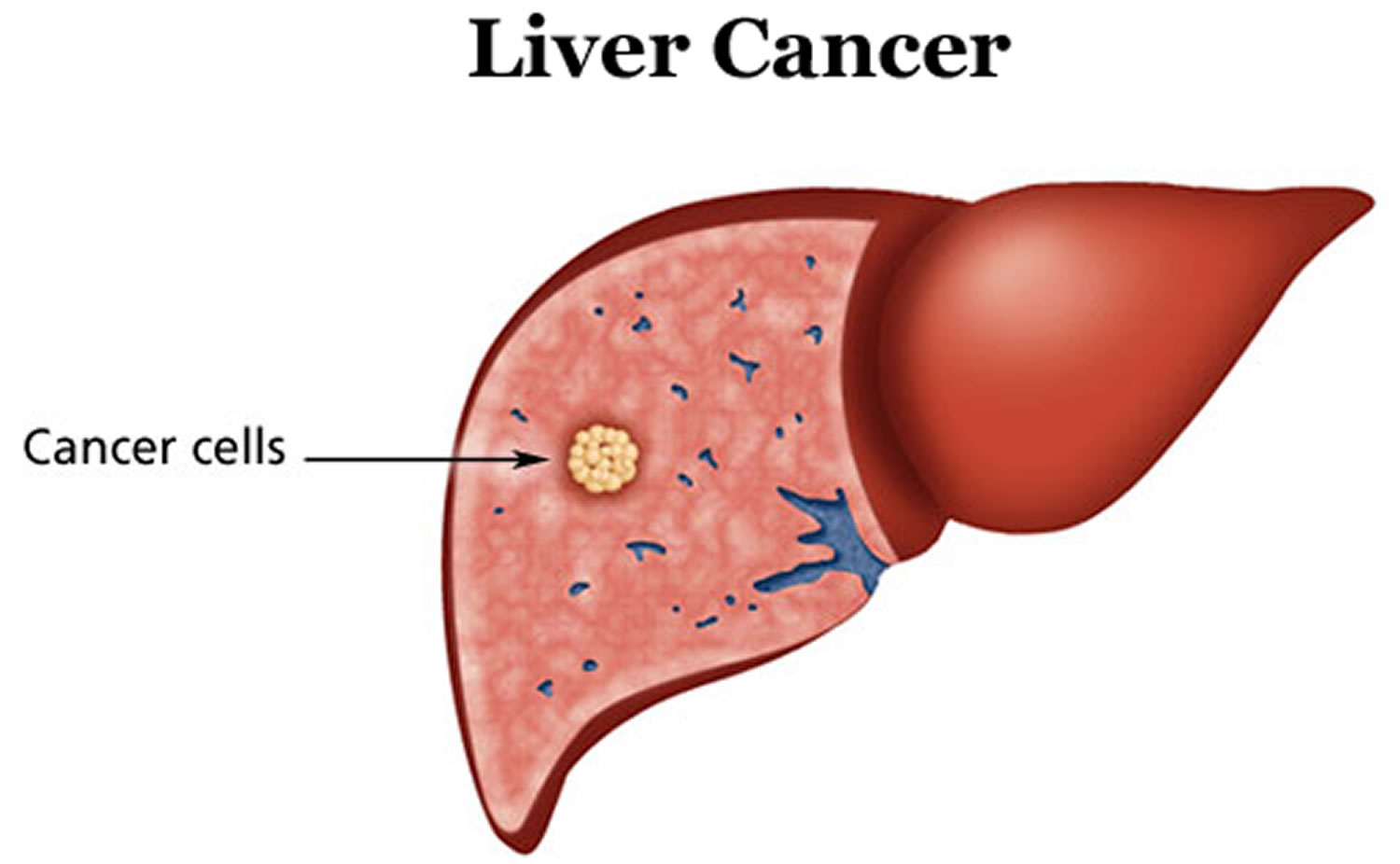Liver cancer, specifically hepatocellular carcinoma (HCC), poses a significant health risk globally, primarily arising from underlying liver diseases. Recent research has identified a crucial imbalance in bile acid metabolism as a potential trigger for the development of this aggressive form of cancer. With bile acids playing a pivotal role in digestion and metabolic regulation, disruptions can lead to inflammation and progressive liver damage, ultimately resulting in HCC. Understanding the factors that influence FXR (Farnesoid X receptor) function is essential in seeking effective cancer treatment strategies. By focusing on liver disease prevention, scientists are now exploring innovative approaches to rectify bile acid homeostasis and reduce the risk of liver cancer.
Hepatic malignancies, particularly hepatocellular carcinoma, represent a major challenge in oncology, often linked to dysregulation in metabolic processes. This type of cancer, associated with an imbalance in bile components, highlights the importance of understanding bile acid dynamics within liver physiology. Recent findings regarding the FXR receptor’s role in maintaining bile equilibrium are shedding light on potential therapeutic avenues. Additionally, improving our grasp of liver function and its implications for liver disease prevention is becoming increasingly vital. As the intricacies of bile metabolism unfold, new strategies for cancer treatment are emerging, emphasizing the need for continuous research in this crucial area.
Understanding the Role of Bile Acids in Liver Cancer
Bile acids are essential components produced by the liver that play a fundamental role in digestion, but their imbalance can significantly impact liver health and may lead to liver cancer. Recent research highlights that disruptions in bile acid metabolism can trigger a cascade of liver diseases, particularly hepatocellular carcinoma (HCC). The liver’s production of bile aids in fat emulsification, but when bile acids are overproduced or poorly regulated, they can cause liver inflammation and fibrosis, ultimately increasing the risk of HCC development.
The study published in Nature Communications emphasizes the importance of a molecular switch in regulating bile acid metabolism. Researchers found that YAP, a protein associated with cell growth, unexpectedly inhibits the function of FXR (Farnesoid X receptor), a nuclear receptor vital for maintaining bile acid homeostasis. This inhibition can lead to excess bile acid accumulation in the liver, highlighting the intricate relationship between bile acid signaling and liver cancer progression. Understanding these mechanisms opens up new avenues for potential cancer treatments targeting bile acid metabolism.
The Molecular Mechanisms Behind Hepatocellular Carcinoma
Hepatocellular carcinoma is the most prevalent form of liver cancer and its development is intricately linked to cellular signaling pathways, particularly involving bile acid metabolism. The Hippo/YAP signaling pathway plays a crucial role in liver cell growth and proliferation, but its dysregulation can lead to malignant transformation. In the context of liver cancer, the activation of YAP has been shown to promote HCC by disrupting normal bile acid regulation through its inhibitory effect on FXR.
The findings from recent studies indicate that therapies aimed at enhancing FXR function or inhibiting YAP could prove beneficial in preventing or treating liver cancer. By restoring the balance of bile acids in the liver, it may be possible to mitigate liver injury and stop the progression of liver diseases. This approach not only represents a promising direction in cancer treatment but also underscores the importance of maintaining healthy bile acid metabolism as a preventive measure against liver disease.
Implications for Cancer Treatment and Prevention
The identification of YAP’s role in bile acid metabolism presents exciting possibilities for new therapeutic strategies in liver cancer treatment. Researchers are looking into pharmacological agents that could activate FXR and inhibit YAP, potentially reversing the negative effects of bile acid imbalance. These strategies could lead to effective treatments for hepatocellular carcinoma and improve overall liver health by addressing the underlying metabolic dysfunctions.
In addition to targeted therapies, understanding bile acid metabolism provides insights into liver disease prevention. By identifying the factors that lead to an imbalance in bile acids, healthcare professionals can develop dietary and lifestyle interventions to reduce the risk of liver diseases, including cancer. Promoting liver health through proper diet, physical activity, and routine medical evaluations is crucial for preventing conditions that could lead to hepatocellular carcinoma.
FXR Function in Liver Health and Disease
The Farnesoid X receptor (FXR) is critical for regulating bile acid homeostasis, and its function extends to metabolic processes overall. FXR activation promotes the excretion of bile acids, opposes liver inflammation, and protects against fibrosis, which are essential for maintaining liver health. The recent findings highlight the importance of FXR not only in bile acid metabolism but also in the prevention of fibrosis and subsequent liver cancer development.
Research into FXR function opens up new possibilities for pharmaceutical advancements. By harnessing the FXR’s protective roles in the liver, scientists are looking into drugs that could replicate its actions, decrease bile acid toxicity, and reduce the risk of developing liver diseases. This integration of FXR function into treatment strategies could establish a comprehensive approach to managing liver health, particularly among those at risk for hepatocellular carcinoma.
Investigating Bile Acid Metabolism for Liver Disease Prevention
Preventing liver diseases, including hepatocellular carcinoma, begins with a proper understanding of bile acid metabolism. Disruptions in bile acid levels not only contribute to liver damage and cancer but also underscore the importance of maintaining a balanced metabolism. Lifestyle and dietary modifications, such as reducing saturated fats and increasing fiber intake, can directly influence bile acid composition and promote liver health, thereby lowering the risk of carcinogenesis.
Furthermore, research initiatives are increasingly focusing on identifying biomarkers associated with bile acid imbalance, which could offer new strategies for early diagnosis and intervention in liver diseases. By monitoring bile acid levels and their metabolites, healthcare providers could better assess liver health and implement preventative measures to stave off conditions like HCC. Thus, the relationship between bile acid metabolism and liver disease prevention cannot be overstated and underscores the need for continued research in this vital area.
The Impact of Liver Disease on Overall Health
Liver disease has wide-ranging effects on overall health, impacting not only the liver itself but also other bodily systems. Conditions like hepatitis, fatty liver disease, and hepatocellular carcinoma can lead to systemic problems such as immune dysfunction and metabolic syndrome. This interconnectedness emphasizes the importance of liver health, as it serves as a central hub for metabolism and detoxification in the body.
Proper liver function is crucial for maintaining overall health and preventing various chronic conditions. Therefore, addressing liver diseases through preventative measures—such as dietary changes, regular physical activity, and monitoring bile acid levels—can significantly enhance not just liver health but overall well-being. Recognizing the liver’s role in the body will encourage individuals to prioritize liver care, thus improving quality of life.
Current Research Trends in Liver Cancer Treatment
Current trends in research regarding liver cancer treatment are increasingly focused on understanding the molecular pathways involved in liver disease progression. The link between bile acid metabolism, the FXR receptor, and the Hippo/YAP signaling pathway has become a hot topic, as it provides insights into how liver cancer develops and how it can potentially be treated. Researchers are exploring ways to manipulate these pathways for therapeutic purposes, aiming for targeted treatments that minimize side effects.
Additionally, the integration of genetic and genomic approaches is paving the way for personalized medicine in liver cancer treatment. By understanding individual genetic predispositions and responses to therapies, oncologists can tailor treatment plans that are more effective for patients with hepatocellular carcinoma. This shift towards precision medicine highlights the need for continuous research and innovation in the fight against liver cancer.
Clinical Implications of Bile Acid Regulation
The regulation of bile acids has significant clinical implications in managing liver disease and developing cancer treatments. Clinicians are increasingly recognizing the importance of monitoring bile acid levels as biomarkers for liver function. Abnormal bile acid profiles can signal liver dysfunction, guiding healthcare providers in diagnosing and informing treatment decisions for patients at risk of hepatocellular carcinoma.
Moreover, therapeutic strategies that focus on restoring proper bile acid regulation hold promise in enhancing liver health and preventing cancer progression. As research in this area continues to advance, clinical practices may evolve to incorporate bile acid modulation as a standard preventative measure, ultimately improving outcomes for individuals suffering from various liver diseases.
Lifestyle Changes for Liver Health and Cancer Prevention
Lifestyle modifications play a crucial role in maintaining liver health and preventing conditions such as hepatocellular carcinoma. Implementing dietary changes, such as reducing alcohol consumption, maintaining a balanced diet rich in fruits and vegetables, and managing body weight, can significantly lower the risk of liver diseases. Regular physical activity also contributes to healthier bile acid metabolism, thereby preventing the onset of liver-related issues.
Additionally, avoiding exposure to harmful substances and toxins, such as certain medications and chemicals, is vital for protecting liver function. Public health initiatives aimed at educating individuals about the importance of liver health can empower people to make informed choices, reducing their risk of developing liver cancer and protecting overall health.
Frequently Asked Questions
What is the relationship between bile acid metabolism and liver cancer?
Bile acid metabolism is crucial for maintaining liver health, and disruptions in this metabolic pathway can lead to liver diseases, including hepatocellular carcinoma (HCC), which is the most prevalent form of liver cancer. An imbalance in bile acids can cause liver injury and inflammation, ultimately increasing the risk of developing liver cancer.
How does FXR function influence liver cancer treatment strategies?
FXR (Farnesoid X receptor) plays a vital role in bile acid homeostasis. Research suggests that enhancing FXR function may offer a promising approach to liver cancer treatment by reducing bile acid accumulation and inflammation in the liver. Strategies that stimulate FXR have potential as pharmacological interventions to help prevent liver cancer progression.
What role does the Hippo/YAP pathway play in liver cancer development?
The Hippo/YAP pathway is significant in regulating cell growth linked to liver cancer. YAP can inhibit FXR function, leading to increased bile acid production which causes liver damage and inflammation. Understanding this relationship helps in identifying potential treatment strategies to combat hepatocellular carcinoma by targeting the Hippo/YAP pathway.
Can liver diseases be prevented through bile acid regulation?
Yes, liver diseases can potentially be prevented through the regulation of bile acid metabolism. Research has shown that maintaining a balance in bile acids can prevent liver inflammation and injury, reducing the risk of hepatocellular carcinoma and other liver diseases. Strategies that support efficient bile acid excretion may contribute to liver disease prevention.
What new insights about liver cancer treatment have emerged from recent research?
Recent studies have shed light on how bile acid metabolism is linked to liver cancer. Researchers have identified a key molecular switch that, when altered, can lead to the overproduction of bile acids, inflammation, and tumor formation. Targeting this switch, specifically YAP and FXR, presents new avenues for liver cancer treatment that could effectively halt cancer progression.
| Key Points | Details |
|---|---|
| Bile Imbalance | Bile acid imbalance can trigger liver diseases, including hepatocellular carcinoma (HCC). |
| Key Molecular Switch | A key switch regulating bile acids has been identified, which impacts liver cancer treatment. |
| Research Findings | Excess bile acids can lead to liver fibrosis, inflammation, and HCC. |
| Role of YAP | YAP promotes tumor formation by repressing a vital bile acid sensor, FXR. |
| Potential Treatments | Boosting FXR function or enhancing bile acid excretion could prevent liver damage. |
| Broader Implications | Research findings may lead to pharmacological solutions to stimulate FXR activity. |
Summary
Liver cancer, specifically hepatocellular carcinoma (HCC), is significantly influenced by bile acid imbalances in the liver. Recent research has uncovered a critical molecular switch that controls bile acid metabolism, providing new insights into potential therapeutic approaches for liver cancer. By targeting this imbalance and understanding the roles of various signaling pathways like YAP and FXR, scientists are hopeful for developing effective treatments that can mitigate liver damage and improve patient outcomes.




